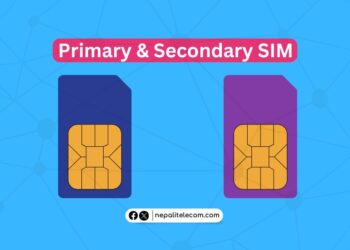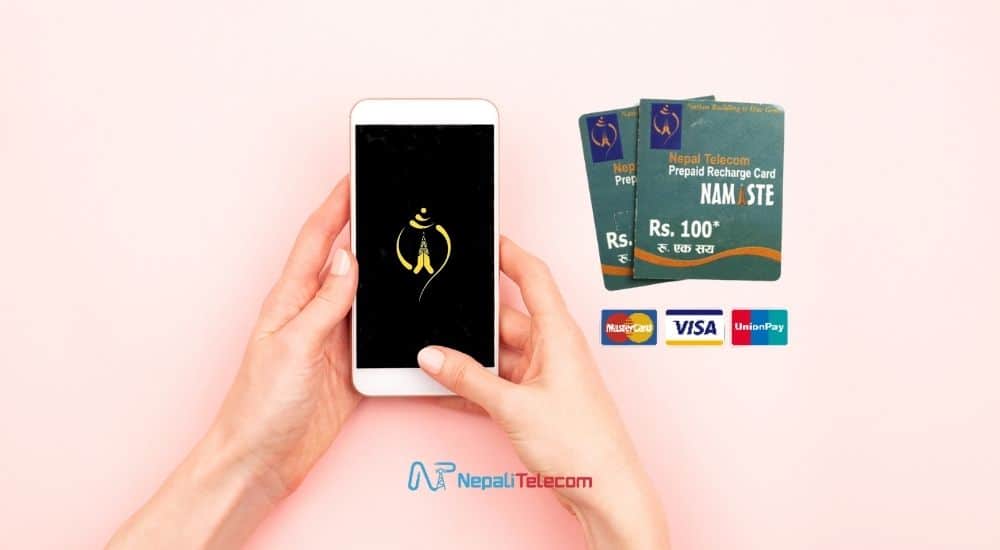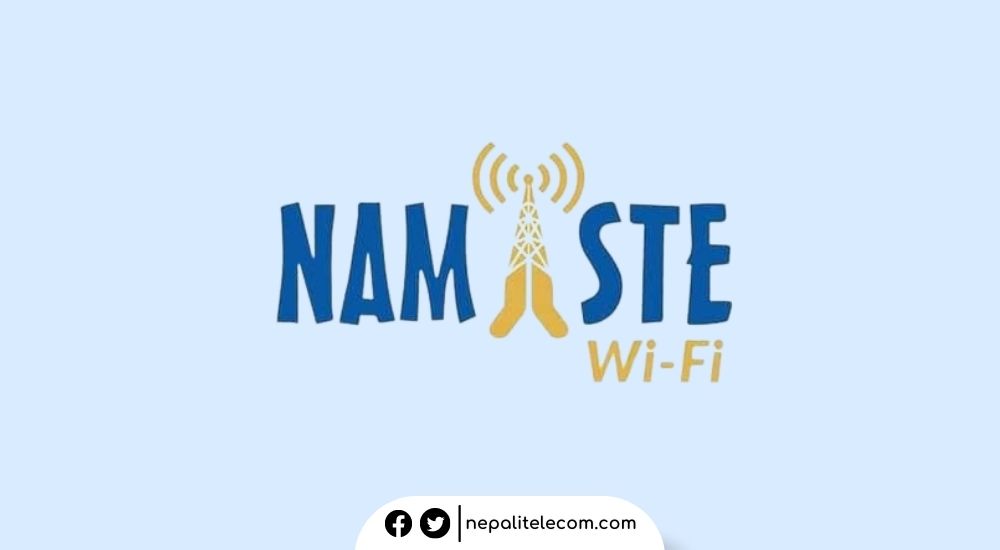The Chinese telecom market is the largest telecommunication industry in the world. It is also home to the largest telecommunication company and largest operator, China Mobile which also operates largely in Hong Kong and Pakistan.
Other telecom operators are China Unicom and China Telecom. All of these three operators are state-owned and have their own specialty. In this post, we are providing information for the frequency bands in China for 2G, 3G, 4G and 5G Cellular technology.
You need to know the operating frequency band, which will help you in two ways. First, If you are buying phones from China, you need to know which telecom operator your country is compatible with. It is required as they call the smartphone to be compatible with the respective telcos. Secondly, if you are going to use your phone in China, you need to know if it is compatible with the respective operator’s mobile network.
For 2G, there are GSM and CDMA networks. China Mobile and China Unicom have GSM networks whereas China Telecom has a CDMA mobile network. For GSM, there are GSM 900 MHz (E-GSM band) and DCS 1800 MHz band. China Telecom’s CDMA mobile network is available in the 800 MHz band. China Telecom also owns CDMA 2000 (3G) in the same band.
Similarly, for 3G, there are two main technologies, WCDMA and TD-SCDMA. The TD-SCDMA is the china developed 3G technology, the TDD version of the UMTS technology. China Mobile uses TD-SCDMA for 3G in two bands 1.9 GHz and 2 GHz Band. These bands are also known to be phased out to use for 4G LTE. China Unicom uses WCDMA technology for 3G in the 2.1 GHz band.
4G LTE frequency bands in China
China uses mainly TDD LTE in various bands for the 4G service. China Mobile uses three spectrum bands of 1.9 GHz, 2.3 GHz, and 2.5 GHz for 4G LTE service, which are respectively Band 39, 40, and 41.
Similarly, China Unicom uses 1800 MHz, 2.3 GHz, and 2.5 GHz, namely band 3, band 40, and band 41. Among them, only band 3 (1800 MHz) is the FDD LTE. Lastly, China Telecom uses 1800 MHz, 2.3 GHz, and 2.5 GHz the same as that of China Unicom.
But China Telecom will add 2.1 GHz and 850 MHz frequency bands to increase the speed significantly using Carrier aggregation.
China 5G bands
China has also launched 5G in two of the most popular bands 3.5 GHz (n78) and 2.6GHz (n41). Although higher the frequency, you have more bandwidth and cleaner frequency channels, suitable for small cells, China is considering sub 6 GHz frequency bands for better penetration through Macros at first. Then China Mobile have also used 700 MHz in remote areas, which is shared with a TV broadcasting.
Here is a table for the summary of different frequency bands in China for 2G, 3G, 4G and 5G cellular technology.
| S.N | Cellular Technology in China | Frequency bands in China | Telcos in China |
| 1 | GSM | 900 MHz, 1800 MHz | China Mobile, China Unicom |
| 2 | CDMA | 850 MHz | China Telecom (CDMA 2000) |
| 3 | WCDMA (3G) | 2100 MHz | China Unicom |
| 4 | TD-SCDMA (3G) | 1.9 GHz and 2 GHz | China Mobile |
| 5 | 4G LTE | 1800MHz | China Telecom, China Unicom |
| 850 MHz | China Telecom | ||
| 1.9 GHz (Band 39) | China Mobile | ||
| 2.3 GHz (Band 40) | China Mobile, China Unicom, and China Telecom | ||
| 2.5 GHz (Band 41) | China Mobile, China Unicom, and China Telecom | ||
| 6 | 5G | 3.5 GHz (n78) | China Telecom, China Unicom |
| 2.6 GHz (n41) | China Mobile | ||
| 4.9 GHz (n79) | China Mobile | ||
| 700MHz | China Mobile Shared with TV broadcasting |
Things to consider for buying 4G/5G smartphones in China.
It seems 2.5 GHz and 2.3 GHz are the main frequency bands for 4G LTE in China. Except for band 3, China uses TDD LTE bands. So, in other countries, you need to be careful while buying smartphones. China, the land of smartphone manufacturing is always considering its main frequency bands like band 40, 41, and band 3. Similarly for 5G, China uses the popular 3.5GHz (n78) but there are additional frequency bands like n28 and n41.
Countries nearby China can also make use of the smartphone ecosystem if they also use the same frequency band. Recently, Chinese vendors are considering including all of the global LTE bands in their phones to make it compatible either in all or a separate expensive variant. Till it becomes ubiquitous, people need to be aware of which frequency band to work for the respective technologies 2G, 3G, and 4G, while buying new smartphones.
Similarly, for 5G, the most popular 3.5 GHz band is there but you should be careful if that band is available for Nepal or not. Most probably Nepal will have 2.6 GHz in 5G (as with the trial), so you need to check for both of this band for 5G networks.
If you have some updated information on China spectrum bands, do comment below.













